Advertisement
Study finds complications of blepharoptosis or diplopia unlikely
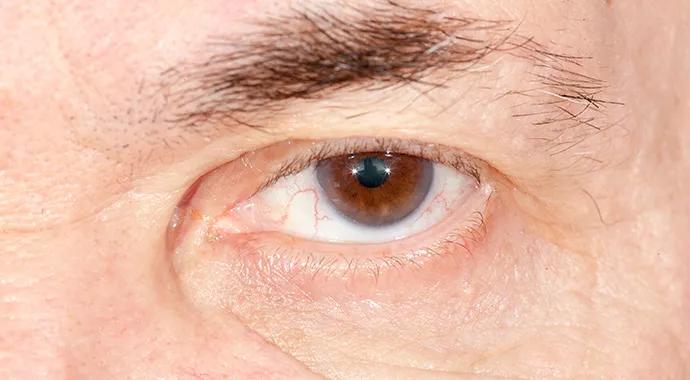
Fear of the characteristic drooping eyelids of blepharoptosis has prevented many ophthalmologists from injecting Botox® into the central upper eyelid and brow regions. However, Cleveland Clinic researchers hope their retrospective study on the subject will relieve their concerns.
Advertisement
Cleveland Clinic is a non-profit academic medical center. Advertising on our site helps support our mission. We do not endorse non-Cleveland Clinic products or services. Policy
The study’s findings show that the risk of blepharoptosis is low and the injection practice is safe to use when indicated as a means to achieve clinical objectives in cosmetic procedures and the treatment of facial spasm conditions.

“Our outcomes are important,” says Julian Perry, MD, oculoplastic surgeon at Cleveland Clinic Cole Eye Institute and one of the study’s authors. “They change the current paradigm and philosophy on the safety of neurotoxin injection into the central areas of the eyelid and brows.”
Published last year in Ophthalmic Plastic and Reconstructive Surgery, the research involved a retrospective review of the charts of all patients who underwent onabotulinum toxin A injection to the central upper eyelid and eyebrow at Cole Eye Institute over a 10-month period.
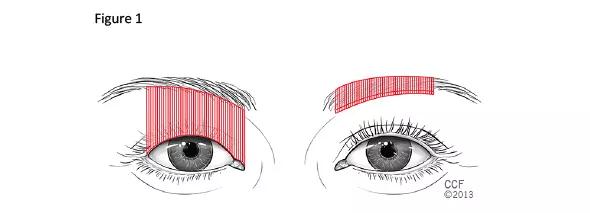
“We evaluated almost 88 patients with a total of 300 procedures, so we had a good database to determine the side effects of the Botox injections, such as droopy eyelids or double vision,” Dr. Perry says.
The surgeons also reviewed the amount of neurotoxin injected, the dilution method and all complications recorded.
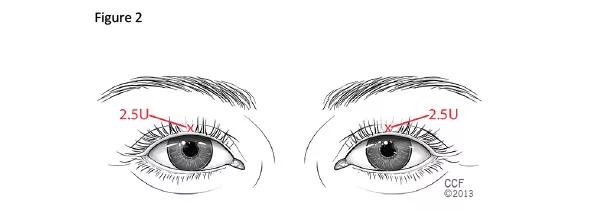
The study included 300 procedures performed on 88 patients. Some had Botox brow lifts; treatments were for blepharospasm (34 patients/176 procedures), facial nerve disorders (2 patients/9 procedures), hemifacial spasm (21 patients/40 procedures), and facial rhytides/eyebrow ptosis (31 patients/75 procedures).
Surgeons who took part in the research injected a relatively high average amount of neurotoxin into the central upper eyelid and eyebrow regions, in amounts ranging from 2 to 12.5 units per encounter.
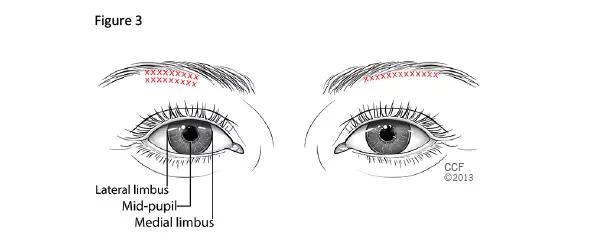
Blepharoptosis occurred in 1 percent of total encounters. Rates after traditional periocular botulinum neurotoxin injections that avoid the central upper eyelid can average around 13 percent, the study notes.
Other complications included diplopia (4 percent of total encounters), lagophthalmos (1 percent of total encounters) and blurry vision (1 percent of total encounters). Minor local effects, including bruising, bleeding, pain and mild swelling were recorded in 3.3 percent of total encounters.
Nearly all patients with complications were treated for hemifacial spasm or blepharospasm rather than cosmetic reasons. In 50 brow lifts, there were no cases of blepharoptosis.
“These outcomes are novel,” Dr. Perry says. “They show the safety of injecting Botox into regions many practitioners have avoided.”
Advertisement
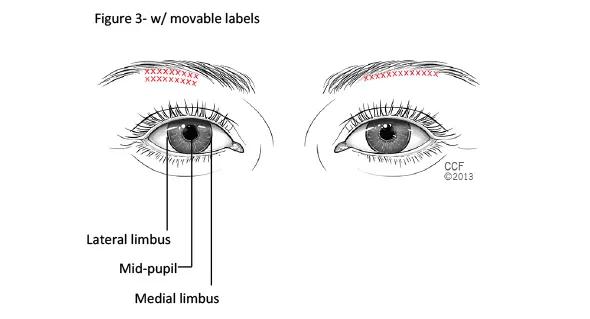
Lack of detailed understanding of the underlying anatomy might account for the unwillingness to make injections into the central eyelid/eyebrow area, he says, noting that there is a significant amount of orbicularis muscle above the central brow.
“Our research, in combination with the anatomic studies we’ve published, could ease their fears and change the status quo,” he says.
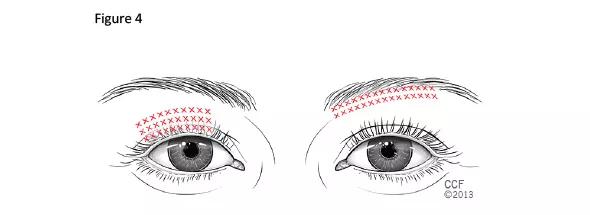
Surgeons at Cole Eye Institute have routinely injected neurotoxins into the pretarsal, preseptal and orbital orbicularis muscle of the central upper eyelid for 10 years without noticing significantly increased rates of iatrogenic blepharoptosis, the study notes.
Advertisement
Advertisement
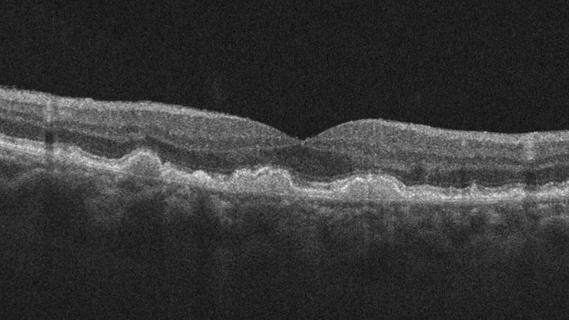
Early data show risk is 73% higher in patients with lupus, 40% higher in patients with rheumatoid arthritis
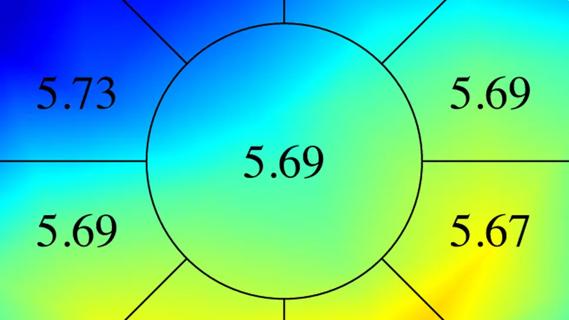
Identifies weak spots in the cornea before shape change occurs

Researchers to study retinal regeneration in zebrafish with new grant from National Eye Institute
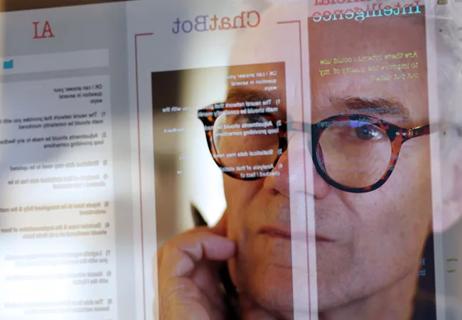
30% of references generated by ChatGPT don’t exist, according to one study
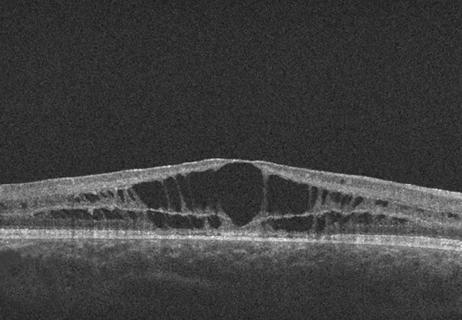
Study followed patients an average of eight years
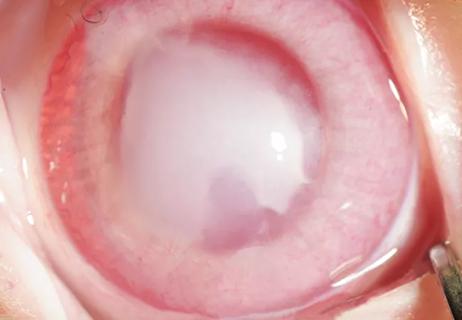
Studies indicate dramatic results when used topically with or without corticosteroids
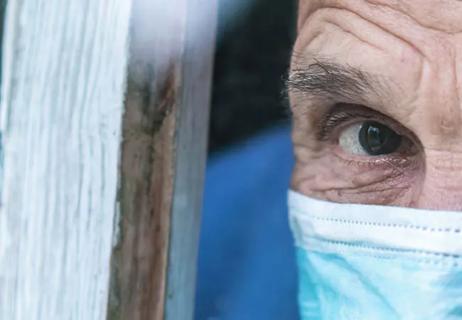
53% of participants didn’t need anti-VEGF for six months or longer
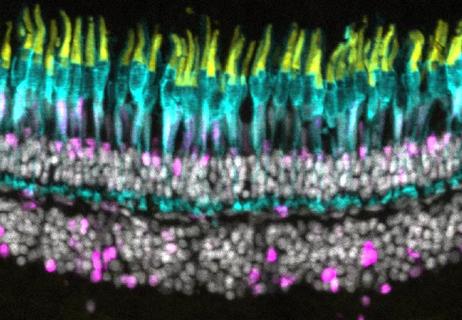
Notch pathway inhibition preserves retinal neurons and promotes regrowth in zebrafish